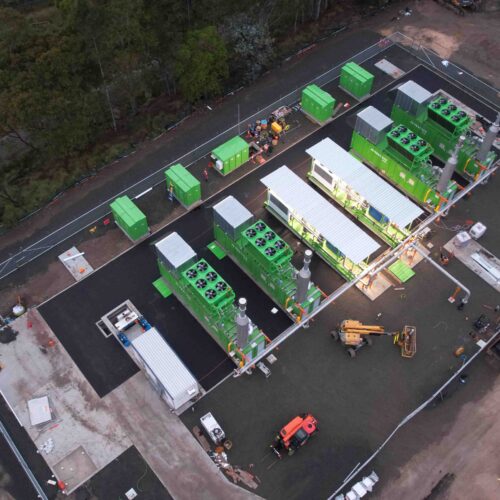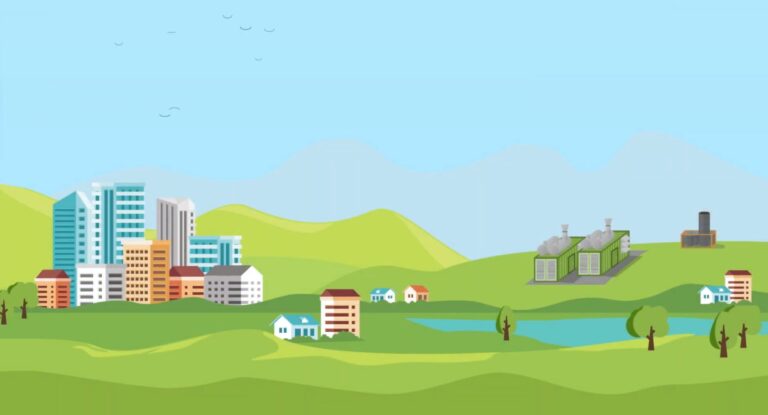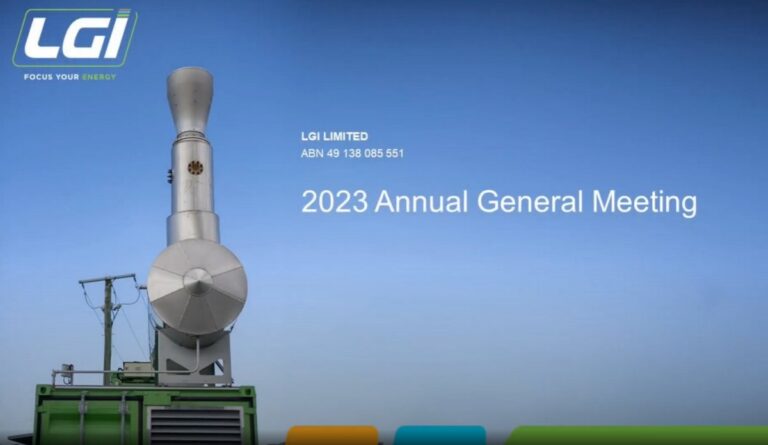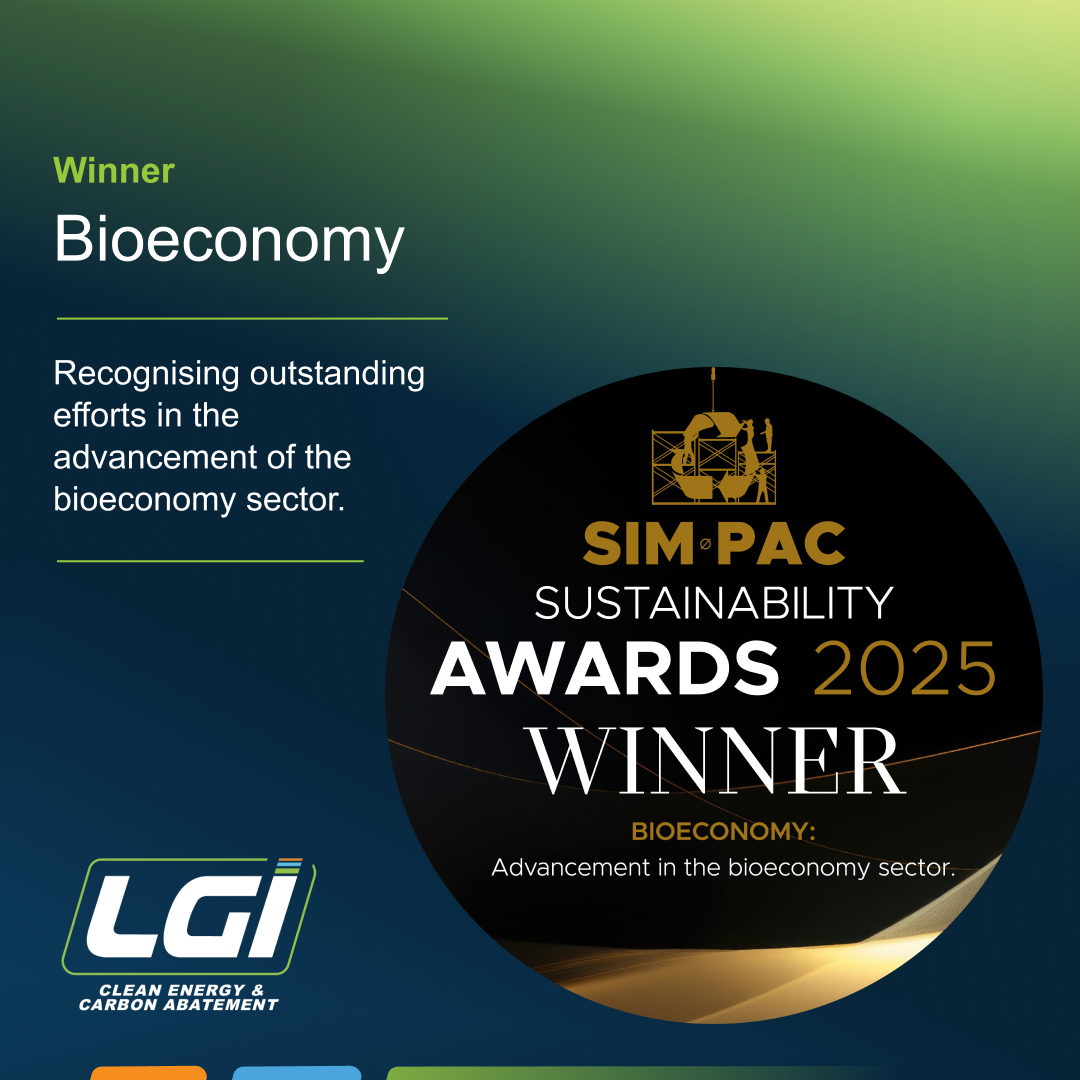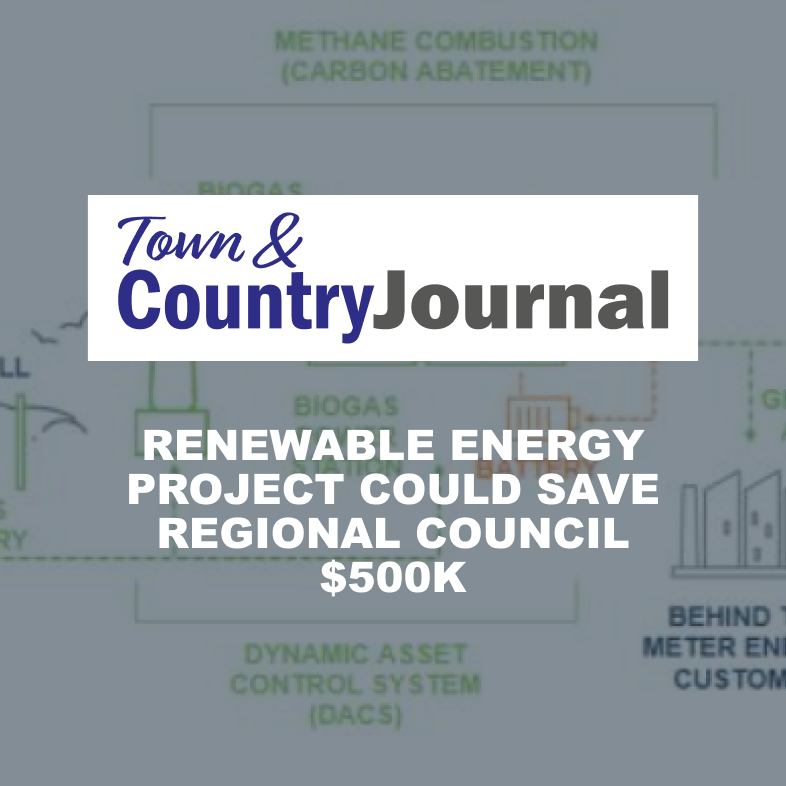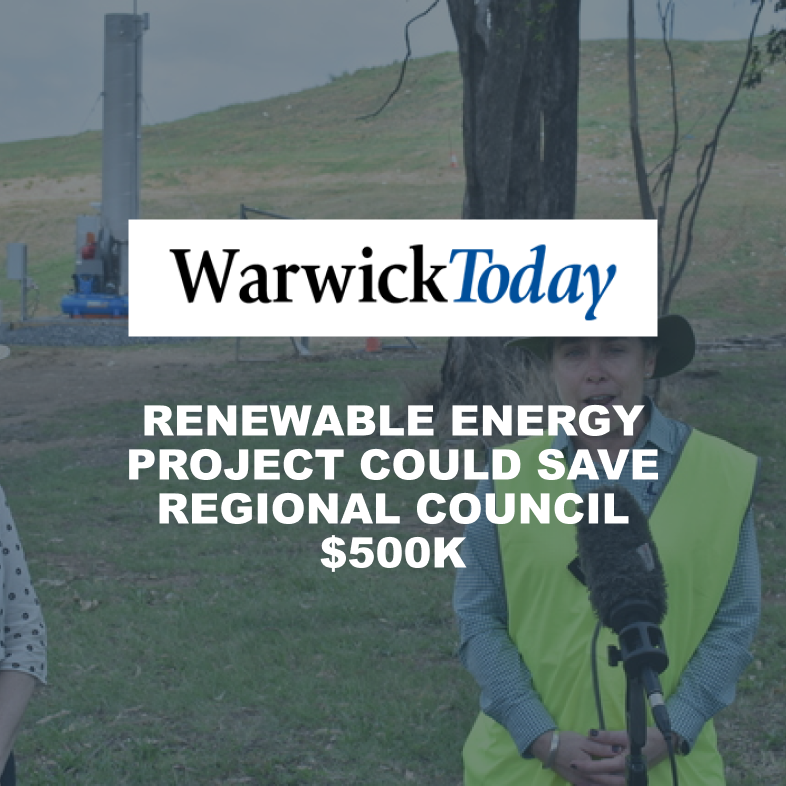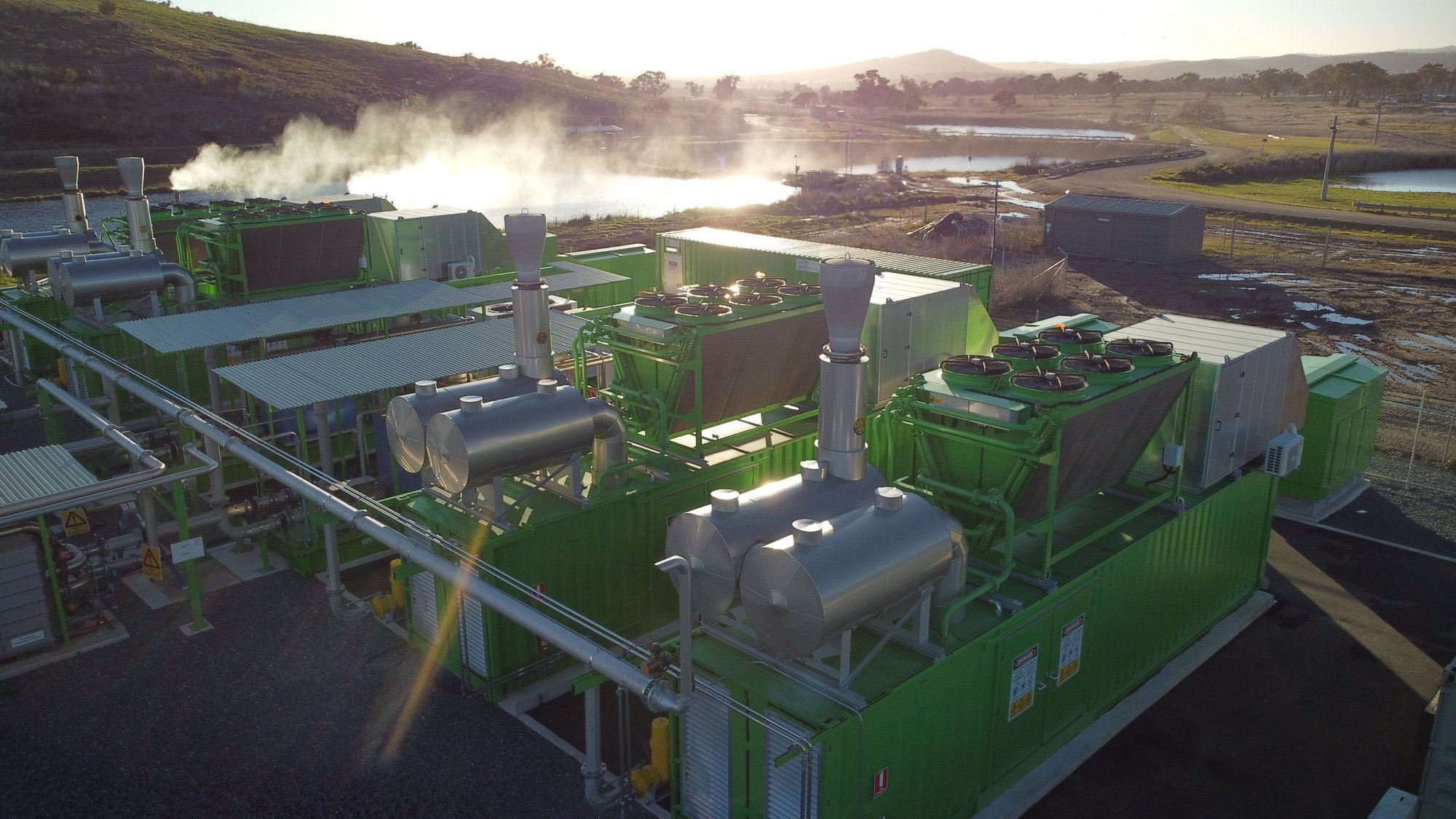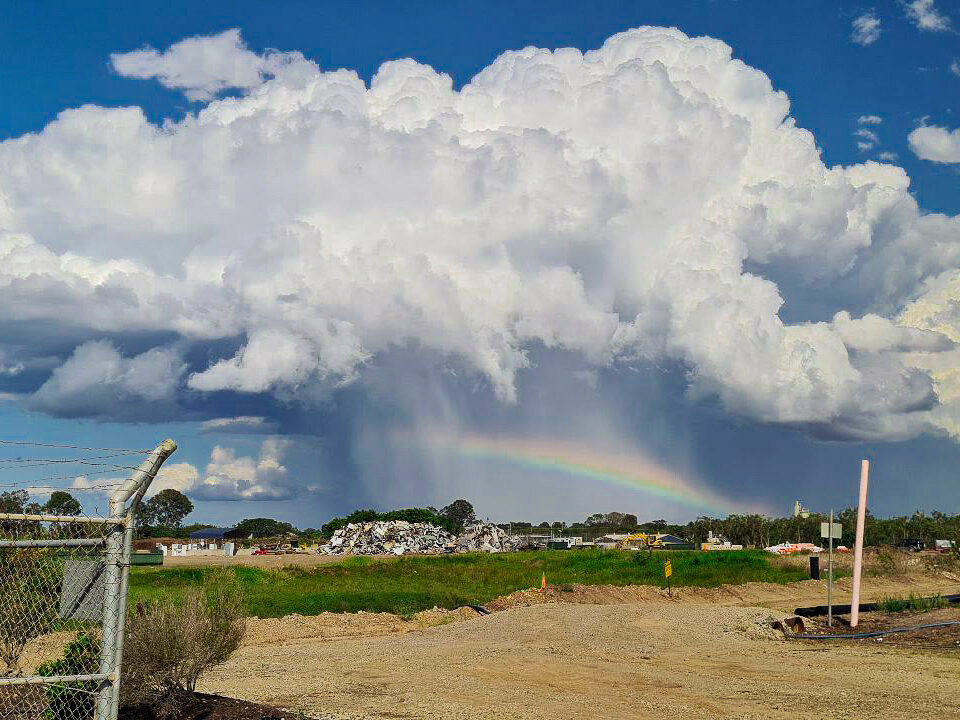Landfills produce toxic biogas for decades.
There are more than 1,100 operating landfills across Australia. Even though today’s landfills are highly engineered and regulated to reduce their environmental impact, dangerous emissions still leak into the atmosphere at alarming rates, even after they are closed.
One of our smaller landfills that closed in 1995, still produces enough methane to supply 1000 homes with renewable power!
Why landfills still exist.
Consumption produces waste and as our standard of living has increased so has the volume of waste we produce.
Currently, up to 50% of all waste in Australian landfills is organic matter such as food, textiles, timber and household waste.
While we all focus on reducing waste to landfills through recycling, reuse and recovery, developing new habits and systems takes time and we won’t capture everything.
Out of sight, out of mind…and
producing biogas for decades.
Landfills exist in every town and city, although some of us may never see one or think about where our waste goes once we put the bin out.
There are more than 1,100 operating landfills in Australia.
Even after being closed, landfills can generate harmful methane gas – a natural by-product as organic materials breakdown – for decades. One of our smaller landfills closed in 1995, still produces enough to supply 1000 homes with renewable power.
For health and environmental reasons this gas needs to be captured and we are doing something good with it.
Beneficial use of biogas from landfills.
LGI’s systems take biogas from landfills and convert it to carbon dioxide which is 28 times less harmful to the environment.
Through flaring or converting it into dispatchable, renewable power we:
Every year we capture approximately 100 million cubic metres of potentially harmful gas from landfills, which reduces the amount of carbon dioxide entering the atmosphere by nearly one million tonnes.
To put that in perspective, its environmental benefit could be matched by growing 16 million tree seedlings for 10 years or taking 200,000 cars off the road for a year.
Our goal is to increase biogas capture from as many landfills as possible, large and small, to help save the planet one landfill at a time.
Support the circular economy and reduce landfill waste.
We can all help to reduce waste going to landfill by consuming less, reusing more, recycling and separating whatever remains before it goes into the bin. Every little bit helps.
LGI supports the National Action Plan for the Waste Policy to reduce waste going to landfills, in alignment with our vision for a “clean energy, zero carbon future”.
In the meantime, LGI’s landfill division will abate carbon and produce dispatchable renewable energy for decades, increasingly, with complementary energy sources and technologies to accelerate the transition to renewables.


